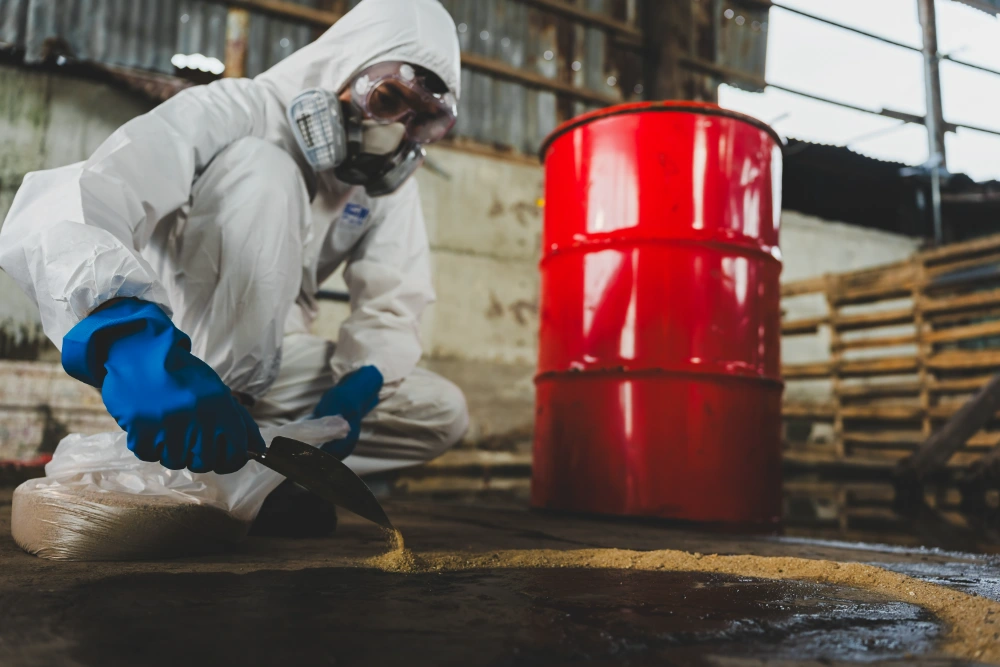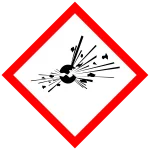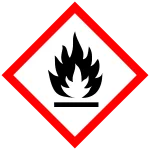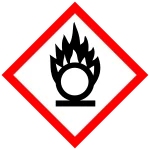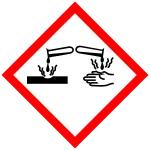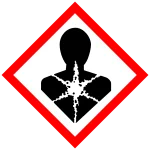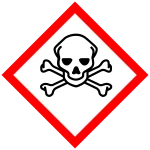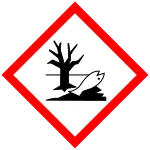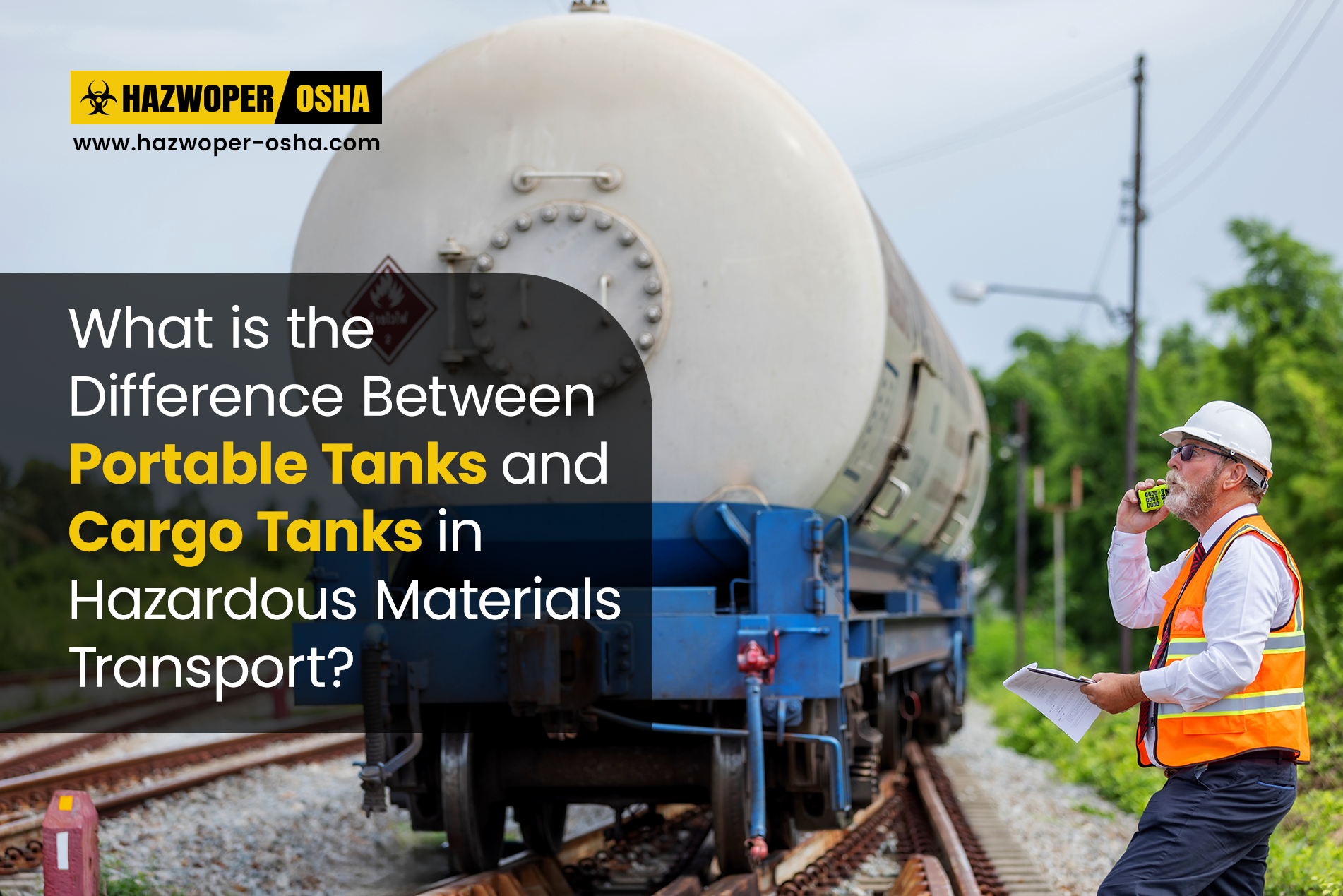The Importance of Packaging and Labeling for Storing Hazardous Materials
For businesses in many industries, handling and working with hazardous materials and other dangerous substances will be an essential and unavoidable part of their day-to-day activities and operations. For some companies, this might mean the occasional use of cleaning chemicals; for others, it will mean handling dangerous industrial chemicals, acids, pesticides, or biological agents daily.
As such, every organization has a responsibility to manage any risks that their employees may encounter as a result of utilizing these hazardous substances, and one of the most important ways of doing this is making sure that the correct packaging and labeling are used consistently. This is a crucial element of safe chemical handling and storage, and makes a big difference in keeping everyone safe at the worksite.
Here, we will look at the factors involved in proper packaging required for the transportation and storage of hazardous substances, and the key information that good safety labeling should include to offer the best possible protection for your workers.

Best practices for labeling hazardous substances
Proper labeling of hazardous substances means providing everyone on-site with all of the information they will need to ensure they are always using the chemicals safely and appropriately, in line with the manufacturer’s guidelines, while informing them of any potential risks associated.
Sometimes, this will be in the form of precautionary statements, which can be put on hazardous substance packaging, that tell the user what they need to do to prevent or minimize adverse effects. Chemicals may need to be labeled according to the following safety requirements:
- Keeping chemicals from mixing if this would create a dangerous reaction.
- Washing the skin thoroughly after handling.
- Using personal protective equipment when in contact with the chemical, including safety gloves, goggles, or respiratory protection.
- Keeping the product at the right temperature, or protected from sunlight or contact with air where necessary.
- Keeping chemicals away from ignitable materials.
It is required to provide these precautionary statements where required, alongside clear instructions on how the product can be safely and correctly used, stored, and disposed of, including what to do in the event of an accidental or uncontrolled spill. In most cases, hazardous chemical products that are commercially sold will include all this information on their labeling, so care must be taken to ensure this vital information is not obscured or removed.
Labels for hazardous materials will also usually contain warning pictograms, a simple and universally understandable icon-based warning system (such as the Globally Harmonized System of the Classification and Labelling of Chemicals, GHS) that allows everyone to see the potential dangers associated with a product at a glance. These pictogram warnings could include the following:
|
|
⦁ Explosive (symbol: exploding bomb) |
|
|
⦁ Flammable (symbol: flame) |
|
|
⦁ Oxidizing (symbol: flame over a circle) |
|
|
⦁ Corrosive (symbol: test tubes causing corrosion) |
|
|
⦁ Health hazard (symbol: silhouette of man) |
|
|
⦁ Harmful to human health and the environment (symbol: exclamation mark) |
|
|
⦁ Acutely toxic (symbol: skull and crossbones) |
|
|
⦁ Gas under pressure (symbol: gas cylinder) |
|
|
⦁ Environmental hazard (symbol: tree and river with environmental damage) |
Workplaces can further improve compliance with the chemical handling guidelines by putting up safety signs and notices in the area where the dangerous substances are stored, to ensure that the information is conveyed as
clearly as possible. Additionally, everyone on-site needs to receive safety training on the risks associated with these chemicals, and how to use them responsibly.
What is needed from hazardous substance packaging?
Unless specified otherwise, most hazardous substances can be stored safely in the packaging they are sold in, as these packaging materials will be designed specially to contain the chemical. However, if a hazardous substance needs to be transferred to another storage receptacle, it is the organization’s responsibility to make sure the packaging used is suitable for the task and meets the packaging requirements as specified by OSHA.
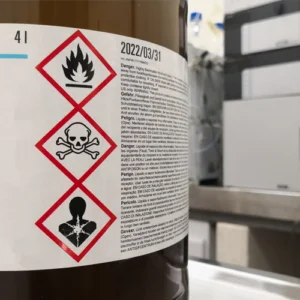
Enroll in our OSHA Hazard
Communication with GHS Training
Course to learn more
Any packaging used for hazardous substances must meet the following requirements:
- It must be secure, easy to close/seal, and prevent any escape of the substance.
- It must be sturdy and robust enough to withstand regular handling, including frequent reuse and reopening, without risk of degradation.
- It must not be adversely affected by the hazardous substance itself.
- It must be clearly labeled to show the contents and offer clear information on the potential hazards associated with the substance.
- Where specified by regulations, the hazardous substance must be packaged in UN-graded receptacles and packaging materials.
With the proper packaging, hazardous substances can be safely kept on your premises for as long as they are needed while keeping the potential health risks associated with their use to a bare minimum.
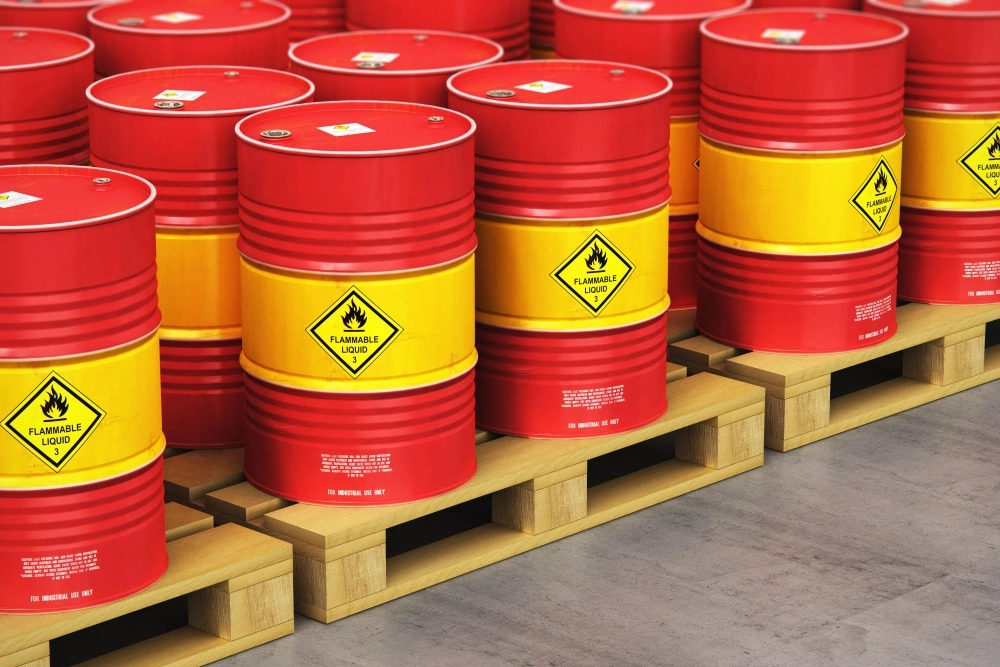
The importance of getting labeling and packaging right
Workplace health and safety legislation and labor protection laws such as the Occupational Safety and Health Administration (OSHA) dictate that any chemical hazards and toxic substances used in the workplace must have appropriate labels and safety data sheets for the workers who use them safely. Employees must also be trained to handle the chemicals appropriately, including guidance on the specific hazards in their work area and the measures to be used to protect themselves.
Packaging and labeling are also important when storing hazardous materials and toxic chemicals in the course of transporting these dangerous cargoes via highway, rail, air, or vessel. The United States Department of Transportation (DOT)’s Hazardous Materials Regulations (HMR) specifies general and specific labeling and requirements that must be adhered to.
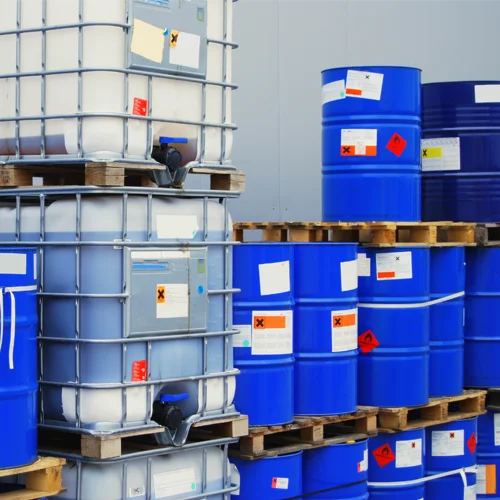
Enroll in our DOT Hazmat
Function Specific Training: Labeling
Course to learn more
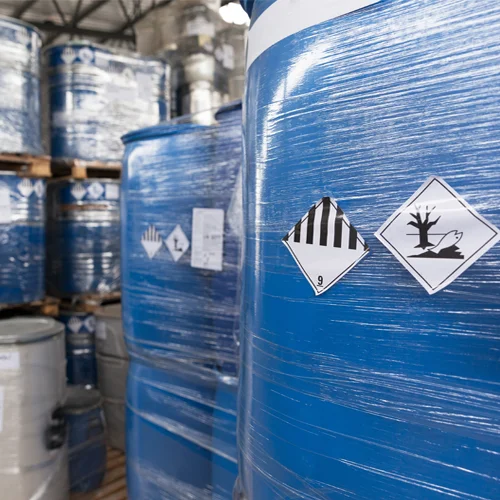
Enroll in our DOT Hazmat
Function Specific Training: Packaging
Course to learn more
Failing to get this right will increase the risk of accidents occurring, or an employee’s health being damaged by exposure to dangerous chemicals. This will have a serious impact on your entire team, and leave your organization liable for legal and/or regulatory repercussions.
As such, it is essential for companies to pay close attention to the use of correct packaging and labeling when storing hazardous substances, in order to ensure they meet the consistently high standards of workplace safety that workers, consumers, and lawmakers expect of them.
The article was written by: Kevin Rowe, Managing Director of SafetyBuyer.com

 EN |
EN |  ES
ES

